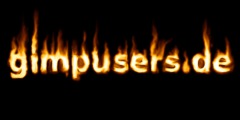parsing path data from xcf files
This discussion is connected to the gimp-developer-list.gnome.org mailing list which is provided by the GIMP developers and not related to gimpusers.com.
This is a read-only list on gimpusers.com so this discussion thread is read-only, too.
5 of 5 messages available
| parsing path data from xcf files | Rian Kruger | 07 Jun 00:44 |
| parsing path data from xcf files | Sven Neumann | 07 Jun 01:35 |
| parsing path data from xcf files | Nathan Summers | 07 Jun 03:00 |
| parsing path data from xcf files | Rian Kruger | 07 Jun 09:35 |
| parsing path data from xcf files | Adam D. Moss | 07 Jun 17:38 |










